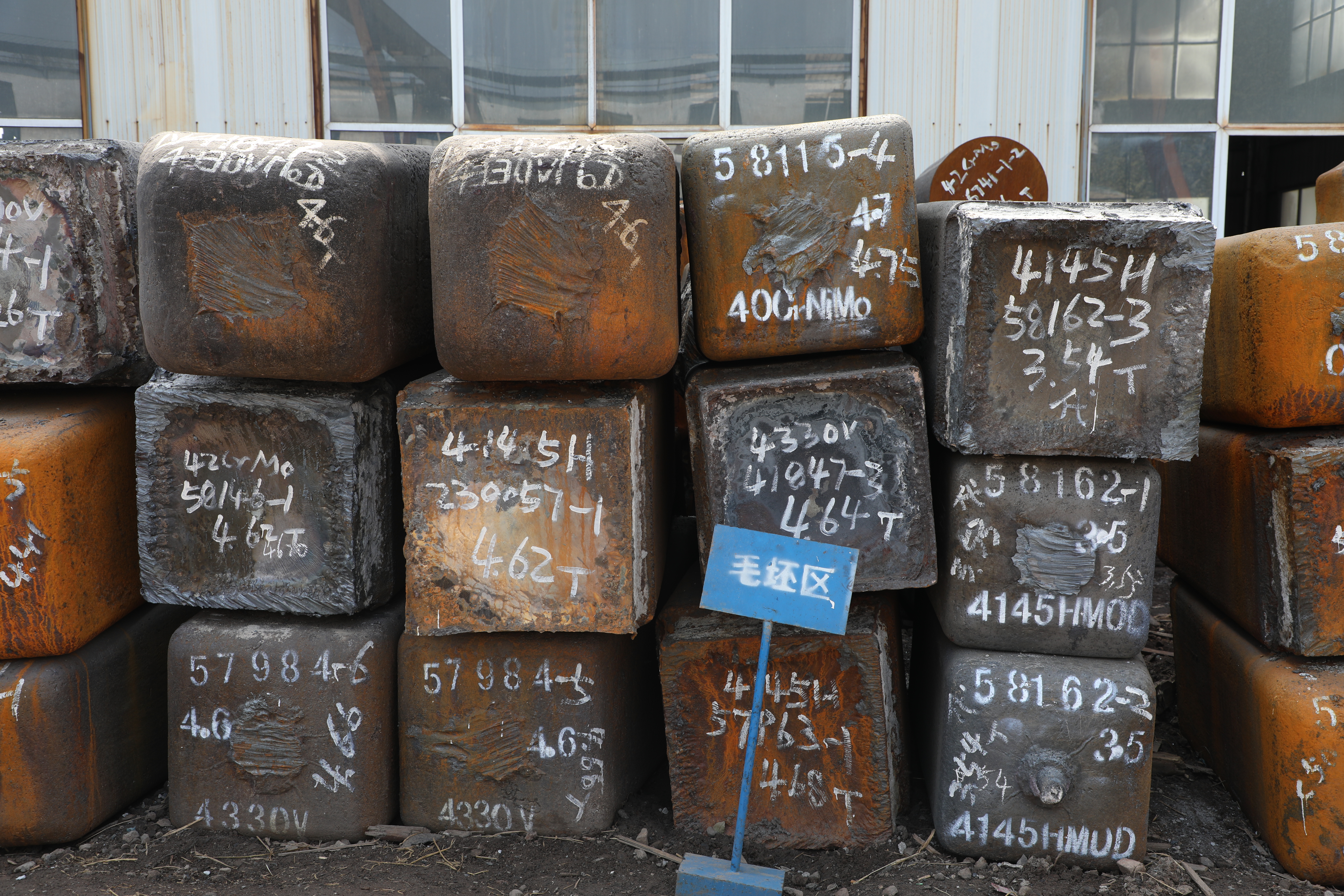The influence of heating temperature and insulation time on the forging process of steel ingots. Heating temperature and insulation time are the two main parameters in the forging process of steel ingots, which directly affect the plasticity of the blank and the quality of the final product. When selecting the appropriate heating temperature, it is necessary to consider the chemical composition of the steel and the requirements of the forging process.
Firstly, let’s gain a deeper understanding of the effect of heating temperature on steel ingots. Excessive heating temperature may cause the grains inside the steel ingot to grow too quickly, thereby reducing the plasticity of the material. On the other hand, if the heating temperature is too low, it may lead to insufficient heating, resulting in uneven temperature distribution of the steel ingot and thus affecting the quality of the forgings. Therefore, selecting an appropriate heating temperature is crucial to ensure that the steel ingot reaches the required plasticity.
According to the forging manual, the heating temperature for forging steel ingots should generally be between 1150 and 1270 ℃. However, for cases where the forging ratio is less than 1.5, corresponding adjustments need to be made. For example, for ordinary steel grades, the recommended heating temperature is 1050 ℃ when the forging ratio is 1.5-1.3. In cases where the forging ratio is less than 1.3 or there is no forging ratio locally, it is recommended to lower the heating temperature to 950 ℃.
In addition to heating temperature, insulation time is also one of the key parameters determining the plasticity and temperature uniformity of steel ingots. The length of insulation time directly affects whether the central part of the steel ingot can reach the forging temperature and ensure the uniformity of temperature distribution in various parts. A longer insulation time can gradually homogenize the internal temperature of the steel ingot, thereby improving the plasticity of the ingot and reducing the deformation and defects of the forging. Therefore, when designing forging processes, it is necessary to reasonably determine the insulation time to meet forging requirements and quality standards.
In summary, heating temperature and holding time are very important parameters in the forging process of steel ingots. By selecting appropriate heating temperature and reasonable insulation time, it can ensure that the steel ingot fully obtains the required plasticity and ensure temperature uniformity in various parts. Therefore, for large steel ingots, it is best to perform hot ingot charging after demolding to avoid the expansion of internal defects and the risk of ingot fracture caused by thermal and structural stresses generated when cooled to room temperature.
Post time: Jan-23-2024





